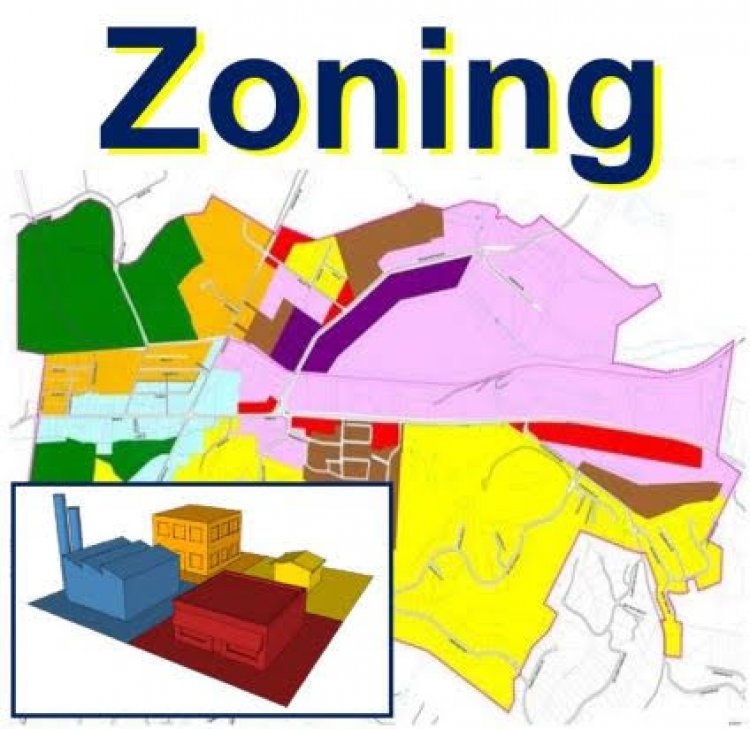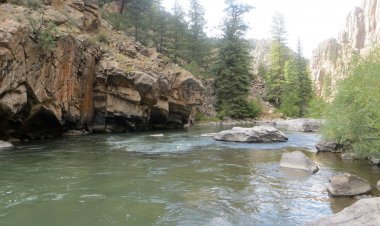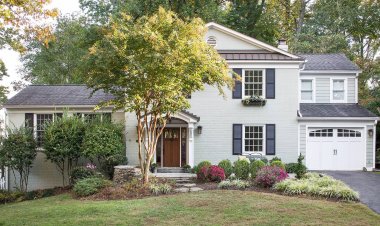What is Zoning?
Zoning is the setting aside of property in an area for a specified use. This is done through regulation that dictates how a property can and cannot be put into utility.

Ever wondered why some estates can only build a certain kind of property or are restricted to develop their real property to a certain extent? Well, that is what zoning does. It refers to municipal or local laws or regulations that dictate how real property can and cannot be used in certain geographic areas. Its laws can limit commercial or industrial use of land in order to prevent oil, manufacturing, or other types of businesses from building in residential neighborhoods. Regulations include specifications regarding lot size, density or bulk, height, and floor area ratio.
There are several types of zoning in Kenya, they include;
Commercial zoning
This is the setting aside of property by the government for business use only. The commercial zones are established mostly in commercial districts or in parts of towns. Houses and other property that are erected in such areas have a commercial outlook. The commercial zoning laws also regulate the business activities to take place in the specified area and the categories of businesses to occupy specifically zoned areas. These include hotels, motels, restaurants, clubs among others. For example, central business districts.
Residential zoning
This type of zoning defines the type of homes to be established in a place as well as the type of residence to be put up. This can either be single-family residences or suburban homesteads.it can also outline whether an area is suitable for apartments, homes, etc. Residential zoning also dictates which types of animals to be tamed in a specific area.
Agricultural zoning
This is the type of zoning that restricts non-farming uses of land. This is very relevant for maintaining the economic viability of the agricultural sector. This type of zoning also protects agricultural areas from being fragmented by residential developments. These laws may at times describe the type of crops to be grown in the specific areas. For example, the Nyayo tea zones.
Industrial zoning
These are the laws that categorize an area as one for the establishment of factories as well as processing plants. These areas are specifically set aside for manufacturing and packaging purposes. The common buildings are such areas include storage facilities and manufacturing plants. It is majorly concerned with the noise and waste disposal from factories. For example, the industrial area in Nairobi.
Open space zoning
This is the type of zoning that restricts human activities in an area mostly for wild utility. Such areas include forests, parks, mountains, lakes, oceans, among others. However, in some areas, it does not totally restrict human activities but minimizes such activities. This type of zoning ensures the security of specific areas.
Factors considered when zoning
Several factors are considered before placing a particular area in a particular zone. These factors include;
Geography
The topography of a place a time defines what types of activities should take place and those which should not. For example, open space zoning is largely determined by the geography of the place, on a mountain the authorities disqualify activities except for recreational activities under close monitoring.
Growth of an area
An area transitioning from a small town to a city may be zoned with a specific type of construction which may also lead to an upgrade or demolition of those that do not meet the standards. In such a place the buildings must meet the set standards.
Population distribution
An area that is densely populated is likely to be zoned as a residential area, unlike a sparsely populated area which could be zoned as an industrial area.
Availability of space
The presence of space can be a determiner of the zone in which an area will be allocated as well as the activities to take place in the surrounding environs. An area with large tracts of land can be zoned as an agricultural area while an area that occupies a lesser area could be set aside for residence since it can accommodate flats.
In conclusion, it very important to understand the zone in which a property occupies before its acquisition for utility. This saves an investor or a buyer the extra expense that he/ she could incur if they lacked prior knowledge about the zone of the property. The utilization of a property should always be regulated by the set standards.

































